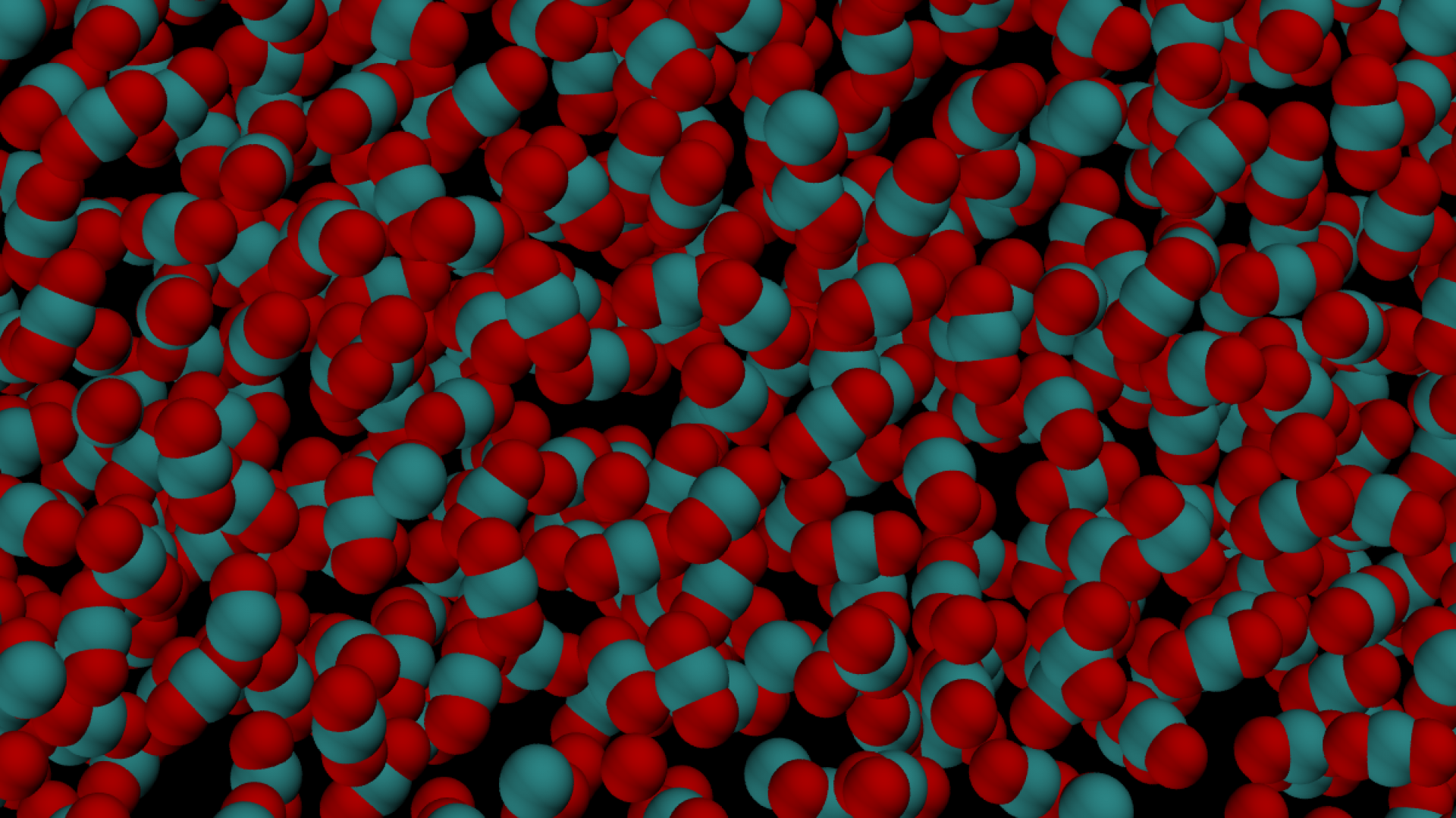Bayesian Optimization for Material Design
Diffusion Rates Prediction
Generative Adversarial Network
Bayesian Optimization for Material Design

We are currently developing a method which combines atomistic Molecular Dynamics (MD) and Bayesian optimization (BO) to predict the polymorphic single crystal structures crystals of a p-type (hole donor) organic semiconductor (BTBT variants). Finding the optimal energy structures is nonintuitive, but with BO it is possible to accelerate the pace of materials discovery because it allows predicting the new design based on previously tested designs without having to run time consuming expensive molecular simulations. This novel approach aims to improve the effectiveness of material informatics in designing next-generation multi-functional semiconducting nano-crystals with pre-chosen properties.
Researchers: Nikita Sengar
Related Publications
Y. Diao, K. M. Lenn, W. Lee, M. A. Blood-Forsythe, J. Xu, Y Mao, J. A. Reinspach, S. Park, A. Aspuru-Guzik, G. Xue, P. Clancy, Z. Bao, S. C.B. Mannsfeld, Understanding polymorphism in organic semiconductor thin films through nanoconfinement, JACS, 136, 17046-17057 (2014).
Diffusion Rates Prediction

We explore the use of machine learning methods in molecular simulations. Specifically, we develop techniques and tools for spatially-resolved fingerprinting (process of transforming Cartesian coordinates into representations suitable for machine learning studies) and how to leverage them for property predictions. Main area of application is currently on the study of diffusion processes in III-V semiconductors.
Researchers: Mardochee Réveil
Related Publications
M. Réveil and P. Clancy, Classification of spatially resolved molecular fingerprints for machine learning applications and 10 development of a codebase for their implementation, Mol. Syst. Des. Eng., 00, 1–11 (2018). [invited paper]
Generative Adversarial Network (GAN)
We are developing a Generative Adversarial Network (GAN) for the prediction of novel crystal structures. This involves training a generator and discriminator in tandem such that the former will create novel crystals whilst the latter will determine if, indeed, the generated crystals are valid or not. The two “battle it out”, improving their respective capabilities over time. Currently we are focusing on ternary crystals; however, the extensibility of this approach should allow for higher entropy crystal generation in the future.
Researchers: Henry C. Herbol, Hongyi “Charlie” Guan, Margaret “Maggie” Quinn
